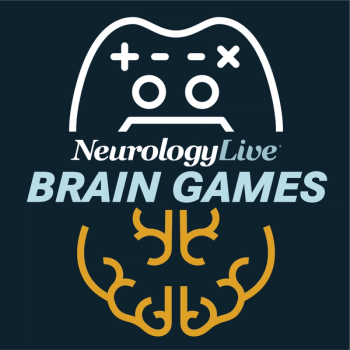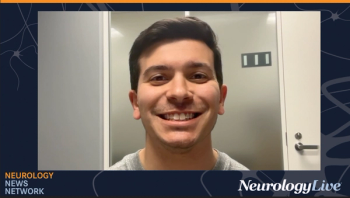
Negative Study Findings Further Question Effectiveness of Transcranial Direct Stimulation to Treat Insomnia
Key Takeaways
- tACS did not improve insomnia outcomes, with placebo effects and high carrier frequencies potentially confounding results.
- tDCS showed no significant differences in sleep quality across frequency groups, despite improvements in sleep latency and wake after sleep onset.
Recent research reveals that transcranial direct current stimulation (tDCS) shows no significant benefits for insomnia, highlighting the need for larger studies.
Findings from a sham-controlled trial showed that use of transcranial alternating electrical stimulation (tACS) for 30 minutes, twice a day for 6 weeks did not lead to improved outcomes among patients with insomnia. The study authors noted that future trial design should consider the strong placebo effect on sleep and the possibility that high carrier frequencies may confound the original frequencies.1
tDCS is a noninvasive neuromodulation technique that delivers low-level electrical currents to targeted areas of the brain through electrodes placed on the scalp. In the context of insomnia, tDCS is used to modulate neural activity involved in sleep regulation–typically by reducing hyperarousal in cortical areas linked to wakefulness.
The latest study, presented at the
READ MORE:
In addition to the PSQI, the study also collected data on the Insomnia Severity Index (ISI), sleep diary, and actigraphy. While all groups showed decreases in sleep latency (SL) and wake after sleep onset (WASO), there was no significant between-cohort differences (SL: sham: –5.74 min; 0.5 Hz: –8.94 min; 100 Hz: –16.53 min; P = .345; WASO: sham: –10.74 min; 0.5 Hz: –10.74 min; 100 Hz: –16.73 min; P = .431).Notably, between the observed cohorts, there were no significant improvement in objective sleep measurements.
The literature on the effect of tDCS in insomnia is mixed, with some studies showing it can be a beneficial option when used correctly. One double-blind, sham-controlled study published in 2019 featured patients with chronic insomnia (n = 7) who received tDCS using anodal (n = 3), cathodal (n = 2), or sham stimulation (n = 2). At the 1-month follow-up, total sleep time and sleep efficiency were improved in all patients in the anodal group, 1 (50%) in the cathodal group, and 1 (50%) in the ham group. The study authors concluded tDCS may be effective and safe, but that larger controlled studies were needed to confirm the findings.2
In 2023, a meta-analysis of 15 studies evaluating transcranial magnetic stimulation and tDCS found that tDCS improved sleep onset latency, N2, and REM latency better than sham. Both approaches showed more pronounced effects on different outcomes, as TMS (2.29; 95% CI, 1.82-2.76) was superior or to sham in improving the subjective quality of sleep, and tDCS (1.05; 95% CI, 0.68-1.43; P = 121).3
Across several trials, the benefits of tDCS are often modest compared with repetitive TMS, but it holds appeal for those seeking lower-cost, portable, and safer alternatives. Data heterogeneity remains a challenge–stimulation protocols, duration, and patient populations have varied widely. Many believe standardized, larger-scale trials are needed to confirm efficacy and optimize treatment parameters.
REFERENCES
1. Lee M, Hong JK, Lee Y, Yoon IY. TRANSCRANIAL ALTERNATING ELECTRICAL STIMULATION IN SUBJECTS WITH INSOMNIA SYMPTOMS: A RANDOMIZED CONTROLLED STUDY. Presented at: 2025 SLEEP Annual Meeting; June 8-11; Seattle, WA. ABSTRACT 0558.
2. Jung K, Jun J. Efficacy of transcranial direct-current stimulation on chronic insomnia. Brain Stimulation. 2019;12(2):557. doi:10.1016/j.brs.2018.12.844
3. Mastari DC, Wariki WMV, Momole A, et al. A Meta-Analysis of the Effectiveness of Transcranial Magnetic Stimulation and Transcranial Direct Current Stimulation as Therapy of Insomnia. Chronobiol Med. 2023;5(4):178-189. doi:10.33069/cim.2023.0027
Newsletter
Keep your finger on the pulse of neurology—subscribe to NeurologyLive for expert interviews, new data, and breakthrough treatment updates.































